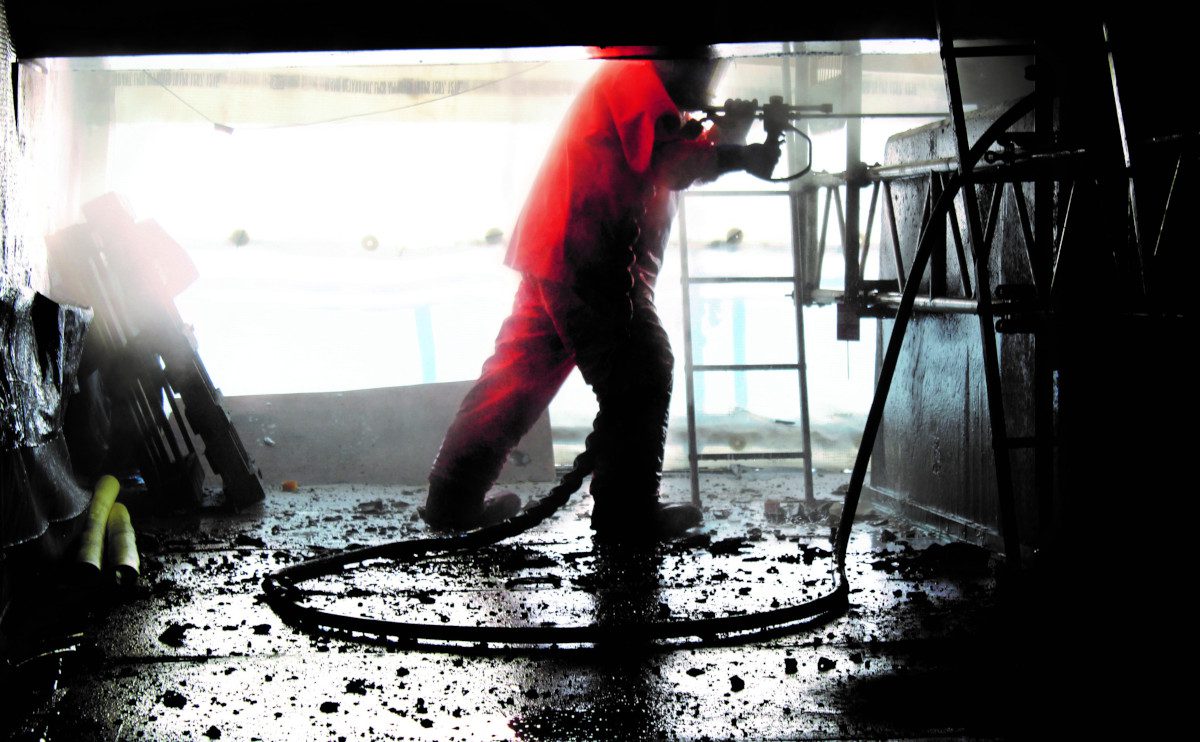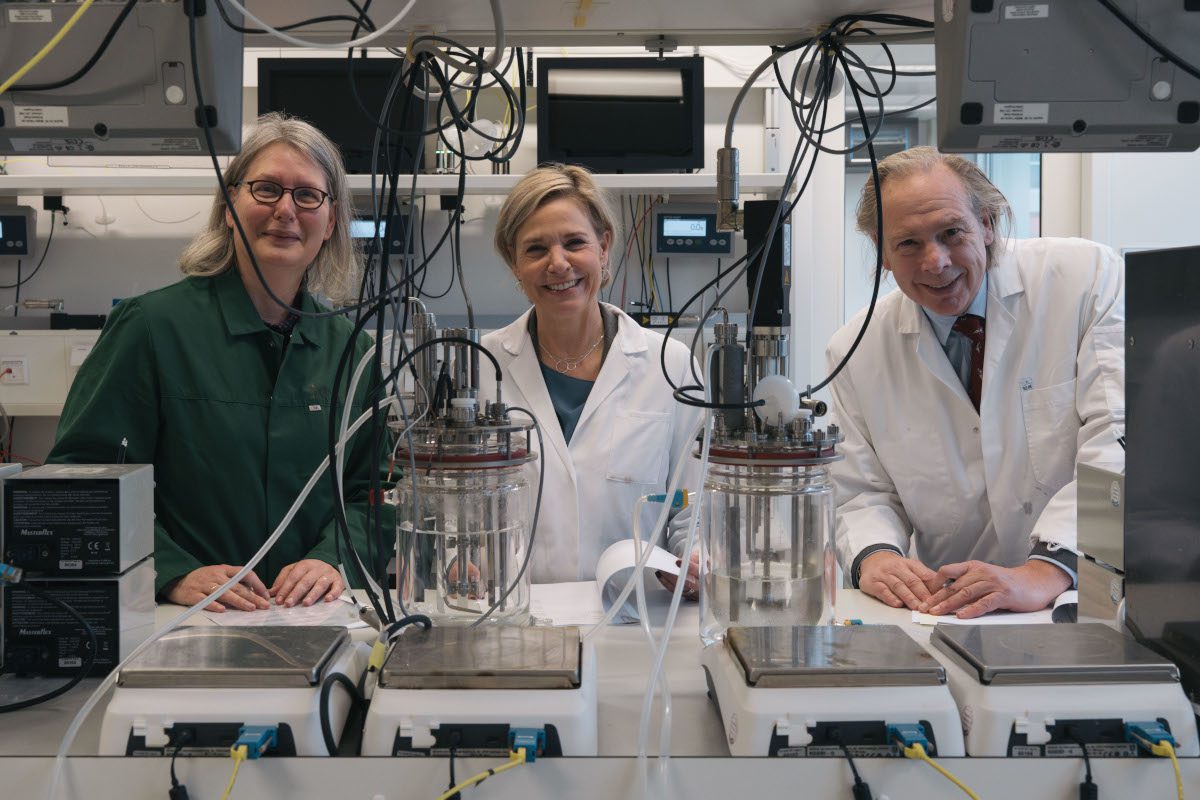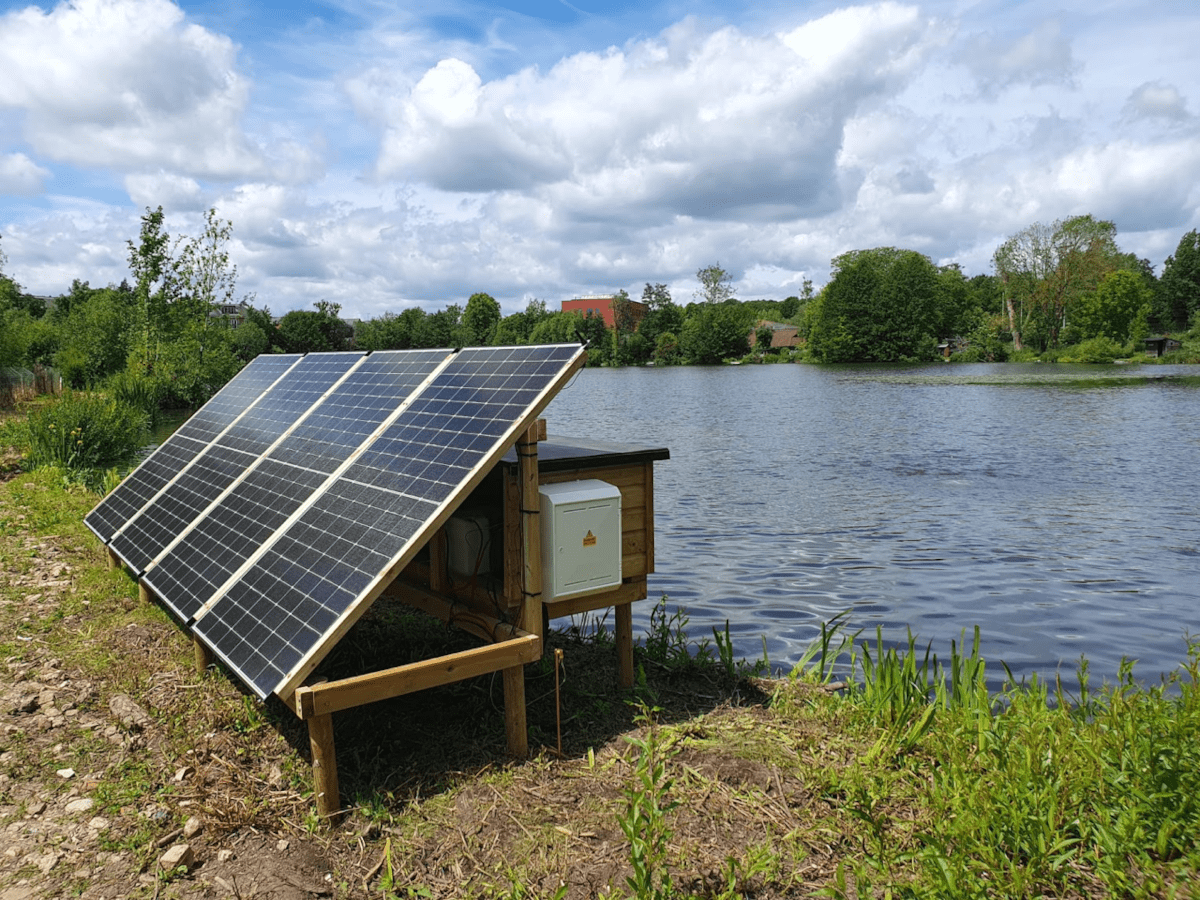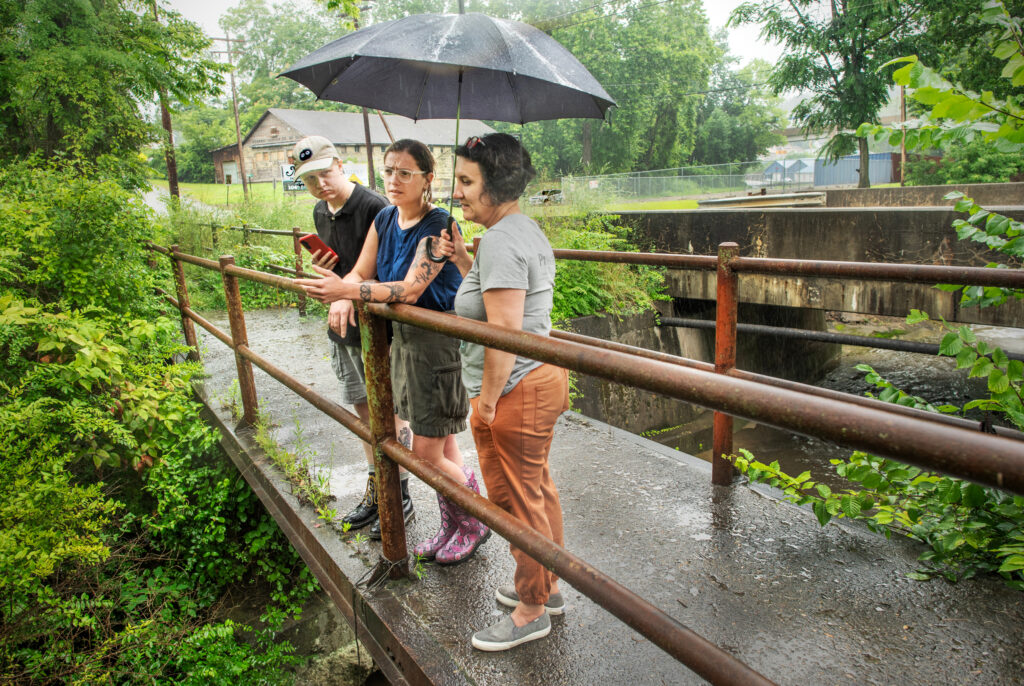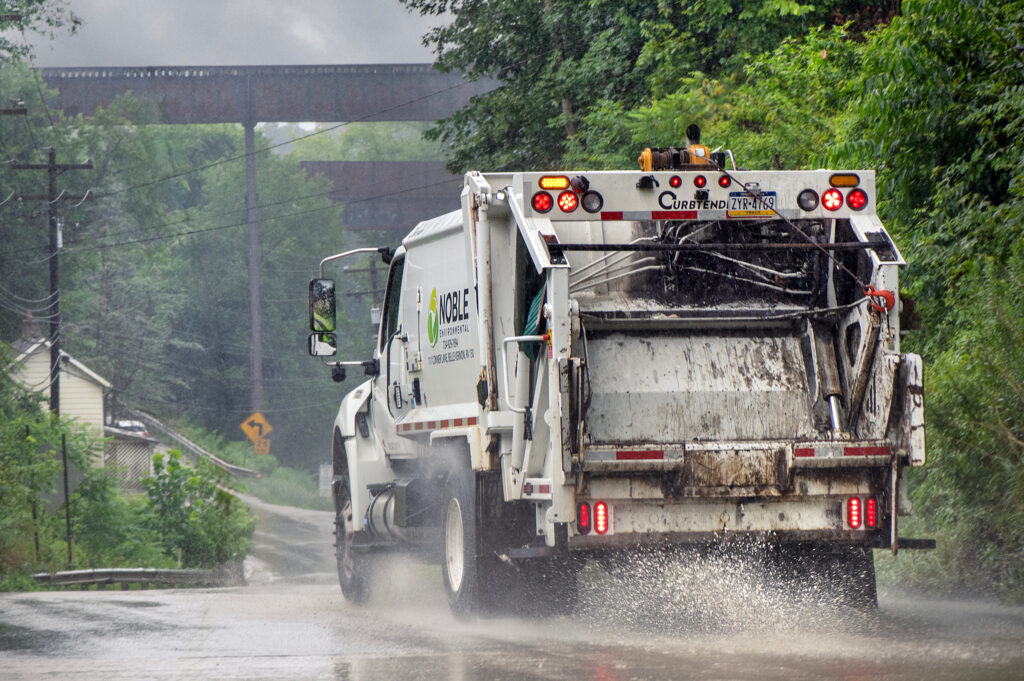A new study appears to demonstrate that brewing tea naturally adsorbs heavy metals like lead and cadmium, effectively filtering dangerous contaminants out of drinks. Heavy metal ions stick to, or adsorb to, the surface of the tea leaves, where they stay trapped until the used tea bag is disposed.
The study was conducted by researchers from Northwestern University and was published in February in the journal ACS Food Science & Technology.
“We’re not suggesting that everyone starts using tea leaves as a water filter,” said Northwestern’s Vinayak Dravid, the study’s senior author. “For this study, our goal was to measure tea’s ability to adsorb heavy metals. By quantifying this effect, our work highlights the unrecognized potential for tea consumption to passively contribute to reduced heavy metal exposure in populations worldwide.”
“I’m not sure that there’s anything uniquely remarkable about tea leaves as a material,” said Benjamin Shindel, the study’s first author. “They have a high active surface area, which is a useful property for an adsorbent material and what makes tea leaves good at releasing flavor chemicals rapidly into your water. But what isspecial is that tea happens to be the most consumed beverage in the world. You could crush up all kinds of materials to get a similar metal-remediating effect, but that wouldn’t necessarily be practical. With tea, people don’t need to do anything extra. Just put the leaves in your water and steep them, and they naturally remove metals.”
An expert on sorbent materials and sponge entrepreneur, Dravid is Abraham Harris Professor of Materials Science and Engineering at Northwestern’s McCormick School of Engineering. At the time of the research, Shindel was a Ph.D. student in Dravid’s laboratory; now he works with the U.S. Department of Energy’s National Energy Technology Laboratory.
Exploring different variables
To conduct the study, the Northwestern team explored how different types of tea, tea bags and brewing methods affect heavy metal adsorption. The various varieties tested included “true” teas such as black, green, oolong and white, as well as chamomile and rooibos teas. They also examined the differences between loose-leaf and commercially bagged tea.
The researchers created water solutions with known amounts of lead and other metals (chromium, copper, zinc and cadmium), and then heated the solutions to just below boiling temperature. Next, they added the tea leaves, which steeped for various time intervals — from mere seconds to 24 hours.
After steeping, the team measured how much of the metal content remained in the water. By comparing metal levels before and after adding the tea leaves, they were able to calculate how much was effectively removed.
Cellulose bags work best — and don’t release microplastics
After multiple experiments, Dravid, Shindel and their team identified several trends. Perhaps somewhat unsurprising: The bag matters. After testing different types of bags without tea inside, the researchers found cotton and nylon bags only adsorbed trivial amounts of the contaminants. The cellulose bags, however, worked incredibly well.
The key to a successful sorbent material is high surface area. Similar to how a magnet attaches to a refrigerator door, metal ions cling to the surface of a material. So, the more area for the particles to stick to, the better. Shindel posits that cellulose, which is a biodegradable natural material made from wood pulp, has higher surface area — and therefore more binding sites — than sleeker synthetic materials.
“The cotton and nylon bags remove practically no heavy metals from water,” Shindel said. “Nylon tea bags are already problematic because they release microplastics, but the majority of tea bags used today are made from natural materials, such as cellulose. These may release micro-particles of cellulose, but that’s just fiber which our body can handle.”
Longer steeping time, fewer metals
When comparing different varieties of tea, the researchers discovered tea type and grind played minor roles in adsorbing contaminants. Finely ground tea leaves, particularly black tea leaves, adsorbed slightly more metal ions than whole leaves. Again, the researchers attributed this to surface area.
“When tea leaves are processed into black tea, they wrinkle and their pores open,” Shindel explained. “Those wrinkles and pores add more surface area. Grinding up the leaves also increases surface area, providing even more capacity for binding.”
Out of all the experiments, one factor stood out most. Steeping time played the most significant role in tea leaves’ ability to adsorb metal ions. The longer the steeping time, the more contaminants were adsorbed.
“Any tea that steeps for longer or has higher surface area will effectively remediate more heavy metals,” Shindel said. “Some people brew their tea for a matter of seconds, and they are not going to get a lot of remediation. But brewing tea for longer periods or even overnight –- like iced tea –- will recover most of the metal or maybe even close to all of the metal in the water.”
Future opportunities
Although results depend on several factors — steeping time and water-to-tea ratio, for example — tea preparation removes an amount of lead from water that should be significant from a public health perspective.
From their experiments, the researchers estimate that tea preparation can remediate about 15% of lead from drinking water, even up to lead concentrations as high as 10 parts per million. That estimate applies only to a “typical” cup of tea, which includes one mug of water and one bag of tea, brewed for three to five minutes. Changing the parameters remediates different levels of lead. Steeping for longer than five minutes, for example, adsorbs more lead compared to the average steeping time.
“Ten parts lead per million is obviously incredibly toxic,” Shindel said. “But with lower concentrations of lead, tea leaves should remove a similar fraction of the metal content in the water. The primary limiting factor is how long you brew your tea for.”
In high-resource areas of the world, it’s unlikely that concentrations will reach such high levels. And if there is a water crisis, brewing tea will not solve the problem. But Shindel said the study’s results provide useful new information that could be applied to public health research.
“Across a population, if people drink an extra cup of tea per day, maybe over time we’d see declines in illnesses that are closely correlated with exposure to heavy metals,” he said. “Or it could help explain why populations that drink more tea may have lower incidence rates of heart disease and stroke than populations that have lower tea consumption.”
“Brewing clean water: The metal-remediating benefits of tea preparation,” was partially supported by the U.S. Department of Energy and the Paula M. Trienens Institute for Sustainability and Energy. Dravid is the director of global initiatives at the International Institute for Nanotechnology, founding director of the Northwestern University Atomic and Nanoscale Characterization Experimental (NUANCE) Center, founding director of the Soft and Hybrid Nanotechnology Experimental (SHyNE) Resource, member of the Chemistry of Life Processes Institute and faculty affiliate of the Trienens Institute.



